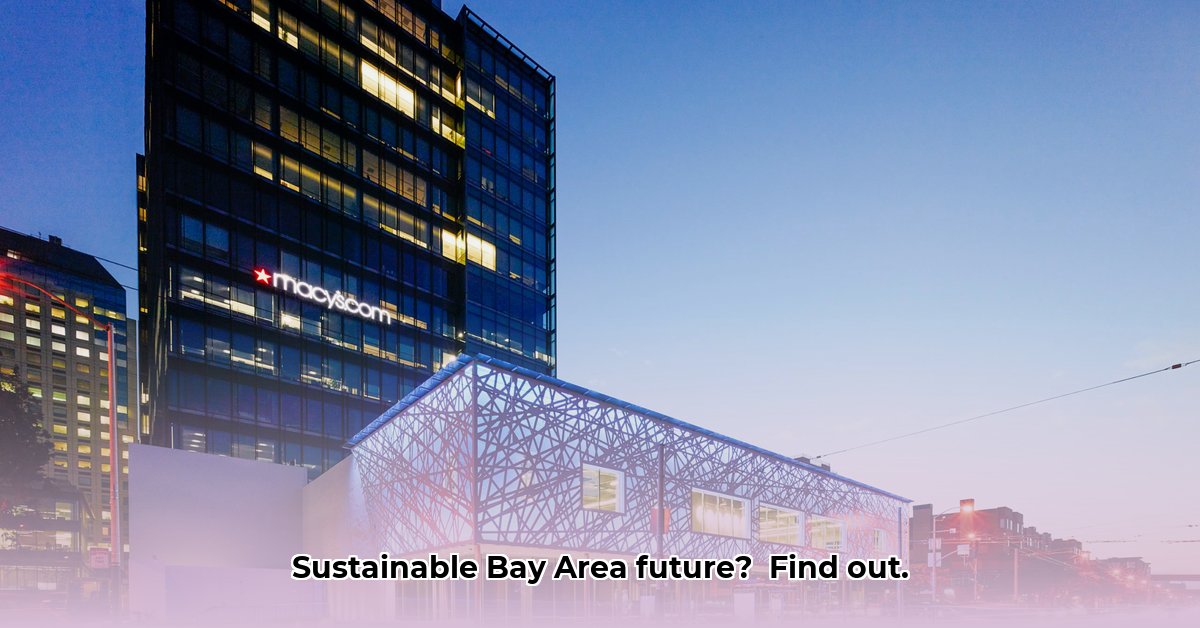
Forget stuffy real estate reports. 680 Folsom Street isn't just another building; it's a compelling narrative of how TMG Partners is reshaping San Francisco's development landscape. For nearly four decades, they've defied market trends, prioritizing community building and sustainability. This project exemplifies their approach, showcasing how they navigated stringent regulations, created a highly desirable living and working environment, and established an environmentally conscious model. We'll explore the challenges overcome, the strategic brilliance employed, and how 680 Folsom serves as a potential blueprint for future Bay Area developments – a vision for a greener, more vibrant city. See another example of their work at 1160 Battery Street.
TMG Partners: A Contrarian Approach to Real Estate
TMG Partners has carved a unique niche in the volatile Bay Area real estate market over four decades. Instead of chasing fleeting trends, they've cultivated a contrarian investment strategy: identifying undervalued properties and anticipating emerging community needs before the market recognizes them. This isn't just about profit maximization; it's about building thriving, sustainable communities. Their philosophy emphasizes long-term vision over short-term gains – a patient approach that has yielded remarkable results. They often say, "some of our best deals are the ones we didn't do," highlighting the disciplined due diligence underpinning their success. This careful selection process minimizes risk and ensures alignment with their overarching vision.
680 Folsom Street: A Case Study in Community-Focused Development
680 Folsom Street perfectly embodies TMG's philosophy. This mixed-use development isn't simply apartments and offices; it's a vibrant community hub. Its features include easy access to public transit, thoughtfully designed public spaces fostering interaction, and amenities catering to both residents and the surrounding neighborhood. This wasn't accidental; it was a deliberate design choice reflecting their commitment to creating a space people want to live, work, and connect within. The building's sustainable design minimizes its environmental impact while maximizing appeal and functionality. Think energy-efficient layouts, eco-friendly materials, and a design prioritizing pedestrian access and seamlessly blending with the existing streetscape. It's a project prioritizing social responsibility alongside profitability, enhancing, rather than detracting from, its surroundings.
Navigating the Bay Area's Complex Landscape: Challenges and Triumphs
Developing in San Francisco presents significant challenges: stringent regulations, fierce competition, and economic volatility. TMG's success stems from its deep understanding of the local landscape, including regulatory environments, community needs, and evolving market dynamics. Securing permits and approvals, often a major hurdle, has been successfully navigated through proactive engagement with city officials, streamlining the process and minimizing delays. Their commitment to community engagement strengthens relationships with local stakeholders, minimizing potential opposition. Expansion beyond San Francisco introduces new obstacles—the need for strategic partnerships, diverse community understanding, and navigating varied regulatory landscapes. TMG acknowledges these challenges, and their future success hinges on their ability to adapt and overcome them.
The Megaregion Strategy: Expanding the Vision
TMG's ambition extends beyond San Francisco. Their "megaregion" strategy encompasses the entire Bay Area, recognizing the interconnectedness of transportation and housing affordability challenges. This forward-thinking vision allows for adaptation to regional trends. Their continued emphasis on sustainability and community integration reflects this broader vision for future development. This larger context is crucial when evaluating the long-term impact of projects like 680 Folsom. Scaling their community-focused model requires forming effective partnerships, understanding diverse community needs, and navigating potentially very different regulatory environments across the region. This ambitious strategy carries inherent risk, but TMG believes the potential rewards are substantial. Success hinges on effectively transferring their winning formula while maintaining their commitment to sustainable development across diverse contexts.
The Enduring Legacy of 680 Folsom Street
680 Folsom Street is more than a successful development; it's a powerful testament to TMG's vision. It demonstrates that profitable development and community benefit are not mutually exclusive. The project serves as a model for future developments, showcasing how a long-term perspective, thoughtful planning, and community integration can create projects benefiting both developer and city. It's a blueprint for the future of responsible development in the Bay Area and beyond. The project's success, coupled with TMG's broader megaregion strategy, positions them as a significant force in shaping the future of sustainable urban development across the region. How might this model influence future projects across the Bay Area and beyond? The answer lies in the enduring impact of 680 Folsom Street.